
На сайте используются cookie файлы
The site uses cookie files
Данный сайт имеет возрастное ограничение!
This site has age restrictions!
Я подтверждаю, что мне, увы, уже давно исполнилось 18 лет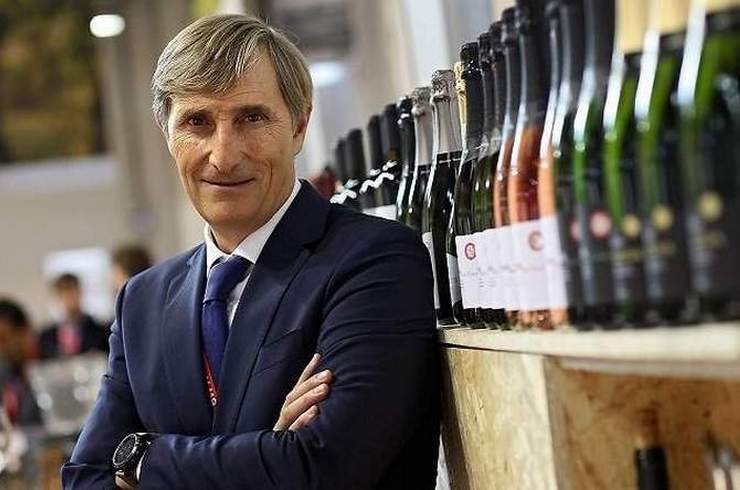
DO Cava is meeting global developments this year. First of all, a new classification is going to be improved, as well as the requirements for the production of some categories of cava will be changed. Drinks+ Editor-in-chief appealed the president of the Regulatory Council of the DO Cava Javier Pagés with a proposal to talk about his vision of DO development, the reason for the so-called “revolution” in the Council, as well as support for winemakers in the difficult time of the pandemic.
D+: What is the current marketplace of cava in the global wine world? What steps are being taken to prevent the Spanish sparkling wine from losing competitiveness among prosecco, champagne and other sparkling wines?
J.P.: CAVA is a leading sparkling wine DO crafted by the traditional method with worldwide presence. There are many other sparkling wines but very few belong to a DO whose only specialization and determination is to make quality sparkling wines. We have a rich storytelling that needs to reach consumers. A diverse, appealing region, with lots of organic vineyards, great wineries, characterized by the Mediterranean climate and culture. Our CAVAS make any moment and any dish special.
D+: What is the dynamics of cava production by classification categories over the past 5 years? How much, in your opinion, do cava producers pay attention to a quality rather than a quantity of the production at the moment?
J.P.: Organic, roses, reservas, gran reservas and brut nature have grown and stood out over the rest of CAVAS. Producers today are very committed to quality. Anything different would not make sense. Our strength lies in the long aging, in our vineyards, our climate and our region sustainability. Quantity at low prices minimizes all the effort that is put behind.

D+: Could you please tell your personal opinion that currently cava can be made in a variety of noncontiguous Spanish wine regions spanning from Catalonia in the north-east to Extremadura in Spain’s south-west. Do you have plans to change the zoning classification, and which ones specifically? Are legislative changes of segmentation and zoning have been implemented?
J.P.: I see it is an asset, it can become a joy for consumers because all these regions have unique characteristics. However, all this is only great if consumers get to know. On the contrary if they do not, it becomes generic and confusing. Our plans are to introduce zoning classification, starting by creating 4 major regions, naming yet to be defined, followed by some subregions. To use one example, the Northeast region is intended to have 5 subregions. It will help consumers in their choice and in their wine knowledge. All these classifications will go along a strict demanding legislation that will allow our wines for further complexity. Legislative changes that will be implemented by the last quarter of this year.
D+: In your opinion, is it necessary to indicate on the cava label for the consumer the terroiriness of the drink? Perhaps this will mark its quality or taste features? As we understood from your statements, there is no need for this in the new zoning classification rules. Do you still think so and why?
J.P.: The changes that we will implement will be optional. Wineries will decide what goes best with their philosophy. However, if you choose to produce a reserve, with the new changes, you will have to age it for 18 months instead of 15, the grapes will have to come from at least the region where your winery is located (not today), or a subregion if you so desire, the grapes will have to come from vineyards that are 10 or more years old (not today), the yield will be limited to 10.000 Kl a hectare (not today) and they will have to be organic (not today). So, the rules are demanding with one big word summarizing it all, quality. The origin will allow consumers see and enjoy the different taste profiles that the terroir, the land offers. It is adding a new discerning element that has always existed but hidden to the public.
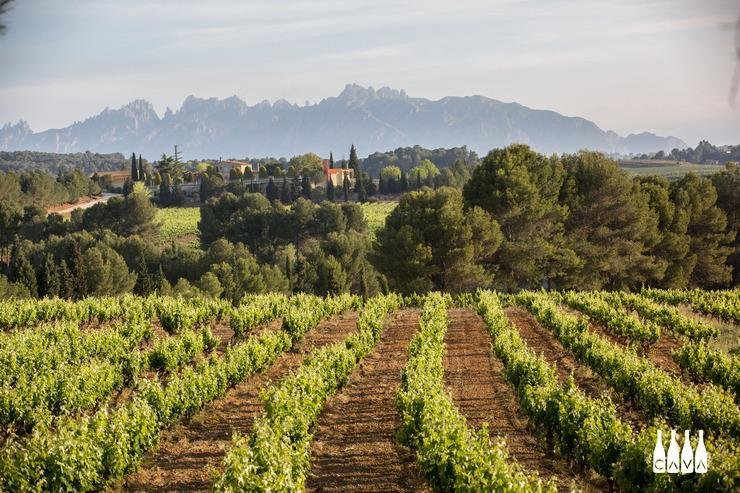
D+: Do climate changes affect terroirs of Cava DO? If so, will any practical (I mean in technology, assortment) or theoretical (legislative) changes that could help winemakers adapt to new conditions going to be adopted?
J.P.: Climate change is a reality. Wineries and vineyard growers are adapting in the way they operate. They are fighting it in many ways, in the way we are managing our vineyards, being water conscious, using renewable energies, no waste… The wine people understand what is at stake, and they are fully supporting and implementing all kind of measures. If at DO level there comes a time when we need to introduce a new normative we will.
D+: Cava de Paraje is a new category that appeared in 2017. It provides a maximum yield per hectare of 8,000 kg or 48 hl, a minimum bottle aging of 36 months, only vintage wine, the acidity level is Brut and higher (drier). Is there any particular zoning types and information placement on the label for this category of wines? Please tell us your attitude to these changes.
J.P.: Cava de Paraje is a tribute to a great vineyard and its beautiful setting. It has its own normative, all geared to producing icon wines. They can stand alone, the new legislation does not affect them it just adds. The origin is its own Paraje, which is the vineyard location. There is no doubt for a consumer about its provenance.
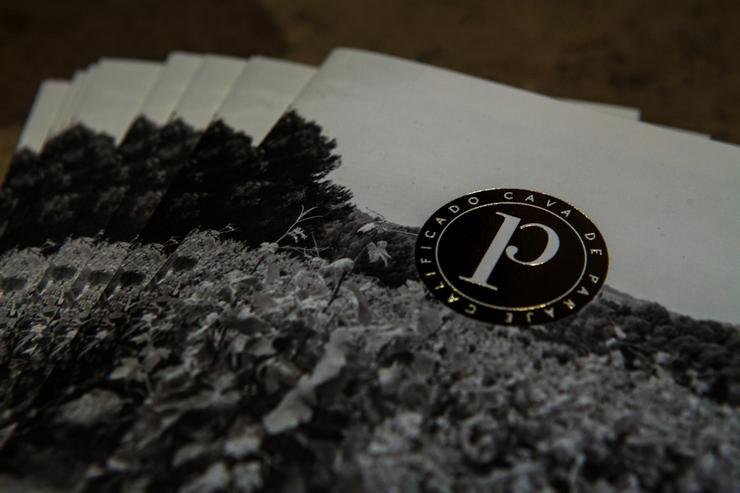
D+: At the end of the last year, you announced that, according to the new rules, wine producers of Reserva and Gran Reserva, as well as a long aging cava will have to switch to organic production. How is the transformation to the new rules going? How many producers are on this list and how many have already received a certificate or are at the completion stage? What part of the total volume of cava currently accounts for organic wines? Is this certification is required in your opinion? Will this obligation lead to objections from winemakers, and what advantage do you see of such certification? How will it be shown on the label of these wines?
J.P.: Organic CAVA sales are growing rapidly, 31.5% in 2.019, though still from a low base, 2% of total CAVA production. Notwithstanding, we already have a large organic vineyard extension. Almost everybody in the region is an organic believer. They want CAVA an organic to be synonymous. We are ambitious and pretend that all CAVA reserve and grand reserve be organic and envision that in the future all CAVA becoming organic. The organic element will be shown on the label, in the front at liberty and in the DO back label.
D+: At the beginning of 2019, nine members of Cava DO decided to leave and create AVEC, (Asociación de Viticultores y Elaboradores Corpinnat). For what reason, in your opinion, did the so-called revolution in DO cava take place? What is your assessment of the situation, why could not you find a compromise?
J.P.: I have to believe that they felt the DO could not offer them the future they vision. It is a fact that until the moment they left they had achieved a wine quality and reputation inside the DO I would not call it a revolution but an internal conflict. If the DO finally approves the new plan, the cellars will be able to indicate and play with terroir-origin and the new norms that will rule CAVA will be as demanding or more than any other quality sparkling wine. In my dreams I see them back in the DO teaming with the rest of producers. I wish one day not too far it becomes a reality.
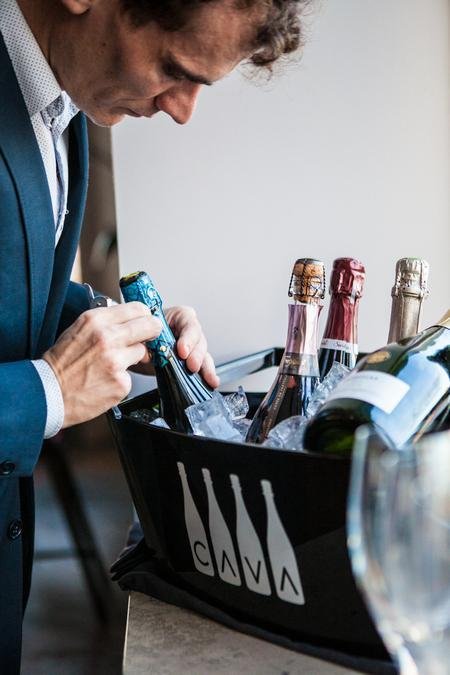
D+: Toni Torello, one of the 9th producers in the Spanish region of Penedès in the interview to Drinks+ (published last year) said that now the Paraje category has decreased significantly, and DO CAVA has lost 30% of all Gran Reserva, now called “Corpinnat”. How much do you think this situation has impacted on DO, as well as the overall image of the cava in the world? Is it possible to return these producers to DO and is it worth it?
J.P.: It is true that the Paraje category has decreased in numbers, not however, the Gran Reserva which there are some few reputed Cava cellars that account for the majority. Therefore, it is not so much the bottles lost, I think it is the opportunity, the synergism and the harmony lost that slows down the region and causes confusion to consumers. They must wonder, why people from the same area with high demanding product rules can end up presenting different regional proposals.
D+: Has coronavirus made major changes to your plans for reorganizing DO and promoting the cava brand? How did producers adapt to sales and promotion under the global quarantine conditions, which sales channels came out on top? Perhaps you made recommendations or found marketing know-how – please share with our readers.
J.P.: Coronavirus have affected all budgets and spending amounts. With lower revenues we all need to adjust. Not only that all on premise accounts have been closed, therefore, no active promotions could be activated. So we have been very active with social media. Sales have grown off premise and online. Additionally, we have provided wineries with training online courses, such webinars, consumer intelligence, market intelligence, digital marketing, online sales, etc… We have conducted tastings and pairing of CAVA with great food dishes, with the participation of wine experts and chefs.
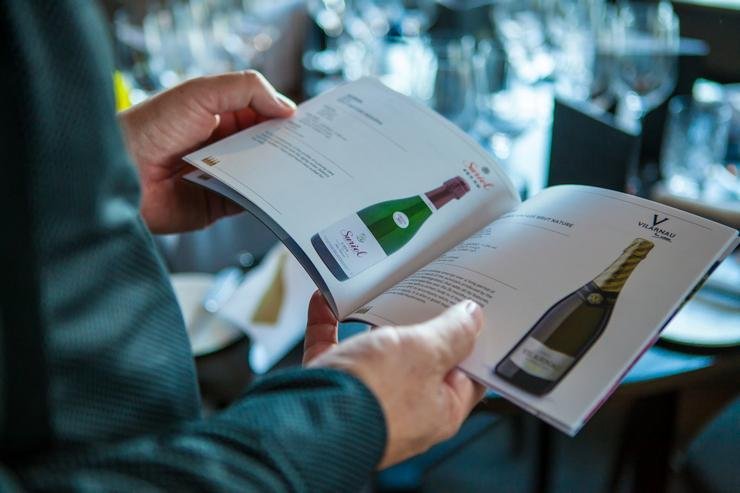
D+: At the moment, as far as we know, there are problems of overproduction and a large amount of undelivered cava as a result of the Covid-19 pandemic. What steps are you taking or planning to take to support cava producers? Have you already estimated producer losses during the global pandemic?
J.P.: Covid-19 has close channels including enoturism and markets affecting sales. The lesser sales the higher the ratio sales to inventory. Yes, all the wine industry and CAVA included are having a great challenge. Producers have lost sales and will have to face doubtful debts. We have implanted several measures to help. Reduced fees to members, extended payments due times and reduced DO yields and ask for government additional measures to wineries and winegrowers.
D+: How do you think the pandemic will affect winemaking and cava sales from a global perspective?
J.P.: It will. This year is already affected. And possibly we will still see the effects during next year. A lot is going to depend on the Covid evolution, if it comes back as a pandemic again or not. If it does not wineries and the industry will weather the crisis. Some markets are already coming to a normal life and placing orders, some will take a little bit longer.
D+: How do you feel about using such a safe, and therefore urgent method like conducting online tastings and presentations on digital channels? Let’s say, our Communication media group has such resources and an extensive experience of disseminating such information among buyers and distributors from different countries. It would be interesting for us to support cava producers. It would be an honor for us to cooperate.
J.P.: Our promotional efforts had been adapted to make use of the online channels and keep the communication alive besides the pandemia restrictions. It’s a challenge but also a new opportunity to develop such an important channel like digital with the benefit of reaching a bigger audience in shorter amount of time. Online tastings, interviews and paring presentations are just some examples of the latest.
Фото: docava.es, Luis Moreno